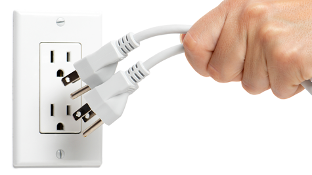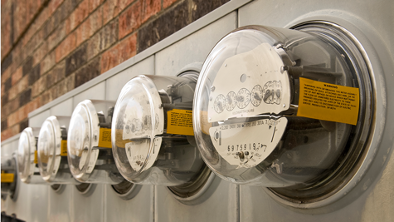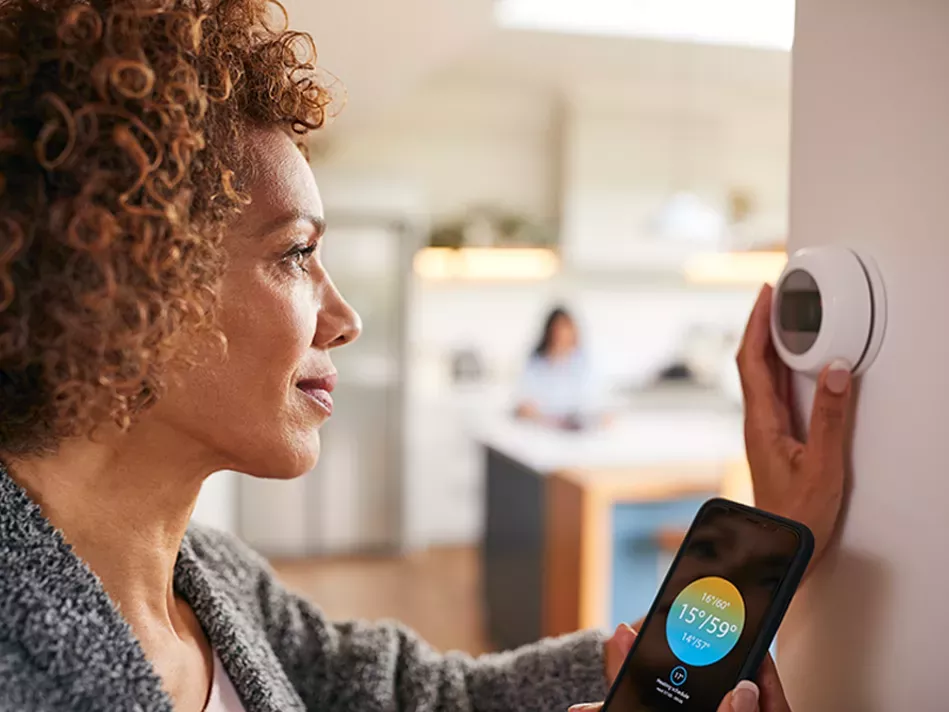Energy bills are a part and parcel of owning a home. According to move.org, the average American household spends almost $180 a month on electricity and natural gas, or over $2,150 a year! You may be tempted to take extreme measures to shave dollars off that bill, but before you start using lanterns indoors, I recommend one solution: Follow these steps for a DIY home energy audit that can give you more room for creature comforts without breaking the bank.
Don’t let money fly out the window (or door)!
Making sure your home is properly sealed is a major factor in your home’s ability to retain hot or cold air. There are a few main categories to examine to assess the state of your home.
Door and window seals
Aging door and window seals and a lack of home insulation can be the difference between making small adjustments to keep your home cozy and having to crank the thermostat. Broken seals on windows are particularly notorious for letting air through, which can drive up your energy bills when heating and cooling your home.
But these aren’t the only seals to check in your house—damaged fridge seals and freezer seals can also make a home more costly to run.
When it comes to energy saving insulation, the US Department of Energy advises that you also check your home’s air ducts and attics, which help make your air distribution system more efficient by keeping furniture and dust away from any power inlets or outlets.

Turn Off and Unplug
Homeowners are becoming more tech-driven than ever, but many of these devices end up becoming energy vampires that drain electricity and can sink your home budget. In fact, the Natural Resources Defense Council discovered that around 25% of a household’s total energy consumption comes from electronics that are not actively in use.
To significantly reduce your electric bill, smart plugs are a great way to shut off energy at the source while hardly lifting a finger. If you prefer the low-tech route, simply unplug and turn off idle devices until you need them again.
Use appliances that rank high on the Energy Star rating scale
Compared to the average appliance, energystar.gov shares that Energy Star products are certified to help reduce your energy usage by as much as 90%! While an Energy Star appliance may cost a bit more in certain cases, it can quickly pay for itself by saving you loads in energy costs throughout the appliance’s life cycle.
Here is just the tip of the iceberg of the benefits of Energy Star appliances:
- A typical Energy Star fridge costs about $50 a year to run and uses less energy than a 60-watt bulb.
- An Energy star water heater can save a household as much as $3,500 over the lifetime of the appliance.
- A new Energy Star dishwasher costs less than $35 a year to run and saves roughly 1,900 gallons of water before it’s replaced.
- Energy Star bulbs can use as little as 10% of the energy standard bulbs require.
- An Energy Star clothes washer can cut your energy costs by 25% and use 1/3 less water.
When it’s time to replace an appliance in your home, switching to one with the Energy Star seal is a great move for many homeowners!
Turn on your whole house fan
If your home already has a whole house fan, you’re in luck! These midcentury fans are typically installed in home attics (different from attic fans) or the highest floor of a home, and they’re ideal for keeping things cool on a hot, low-humidity day.
Using this instead of air conditioners can save you money and allow you to gently cool your home – and avoid another bone-chilling bill.
Add smart energy saving devices to your home
Smart energy saving devices are one of the easiest ways to cut back on energy use, and when powered by today’s smart homes hubs, they enable you to track and run numerous devices, appliances, and systems around your home from your phone, tablet, or the hub’s built-in voice assistant.
From smart bulbs and thermostats to smart plugs and power strips, there are numerous ways to control, monitor, and optimize your energy use while maintaining optimal comfort—and the list of gadgets is only growing!

Get a second opinion from the pros
While this DIY home energy assessment is a great option, if you have further questions, or if the weeks following the assessment have you looking for more ways to save, many utility companies provide a (typically free) professional energy audit. An energy audit done by a specialist can help you learn about specific programs or devices that could help you keep energy costs low.
By taking the time to run a DIY home energy assessment twice a year, you can limit excess usage and make your home more energy efficient—and easier on your budget.
What’s your favorite way to save energy? Visit us on Facebook, LinkedIn, or Instagram to tell us your thoughts!

